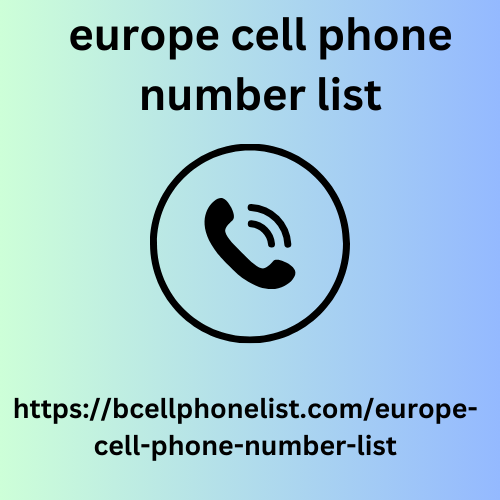Virtual Reality (VR) and Augmented Reality (AR) are revolutionizing lead generation by offering immersive and interactive experiences that capture potential customers’ attention. These technologies provide innovative ways to engage prospects, showcase products, and create memorable experiences. Here’s how VR and AR can be effectively used for lead generation:
Enhanced Product Demonstrations
VR and AR allow businesses to create dynamic product demonstrations that go beyond traditional methods. For example, a real estate company can use VR to offer virtual tours of properties. Enabling potential buyers to explore homes from the comfort of their own living rooms. Similarly, AR can enable customers to visualize how furniture or decor would look in their own spaces before making a purchase. These immersive experiences help prospects make informed decisions and increase the likelihood of conversion.
Interactive Trade Show Experiences
At trade shows and industry events, VR and AR can make a significant impact. Companies can set up VR stations where attendees can experience their products or services in a simulated environment. AR applications can enhance physical booths by overlaying additional information or interactive elements on displays through attendees’ smartphones or AR glasses. These engaging experiences attract more visitors to your booth, generate leads, and leave a lasting impression.
Engaging Marketing Campaigns
VR and AR can be integrated into Buy Phone Number List marketing campaigns to capture interest and generate leads. For instance, an automotive company might create an AR app that allows users to explore different car models and features through their smartphones. By offering interactive and engaging content, businesses can drive traffic to their websites or landing pages, where users are encouraged to sign up for more information or special offers.
Virtual Events and Webinars
Hosting virtual events or webinars using VR technology can broaden your reach and attract a global audience. VR can create an immersive event experience that simulates an in-person event, complete with interactive sessions and networking opportunities.
Personalized Customer Experiences
AR can be to create personalized customer experiences that cater to individual preferences. For example, a fashion retailer might use AR to help C Level Executive customers visualize. How different outfits would look on them by using a virtual fitting room. Personalized interactions like these can increase engagement, build customer loyalty, and drive lead generation by encouraging users to share their experiences and recommend products to others.
In conclusion, VR and AR offer innovative ways to enhance lead generation by providing interactive, immersive, and personalized experiences. By leveraging these technologies, businesses can engage potential customers more effectively. Stand out from the competition, and drive higher conversion rates.






